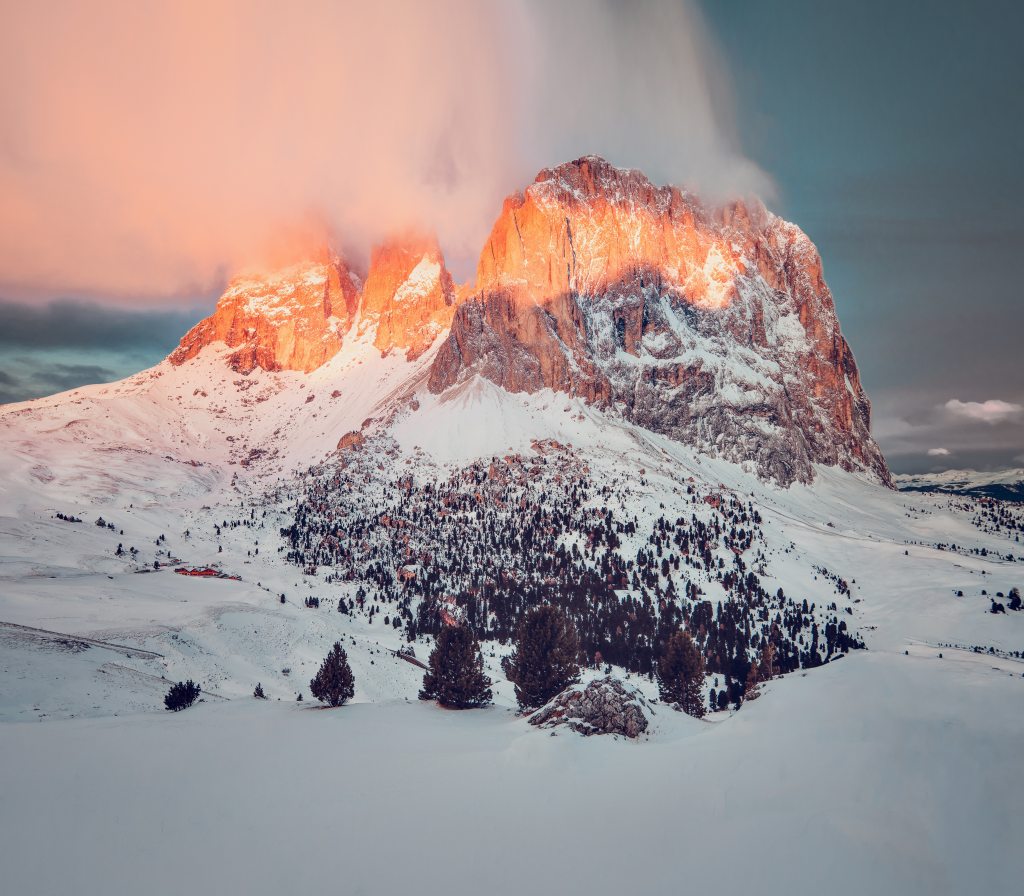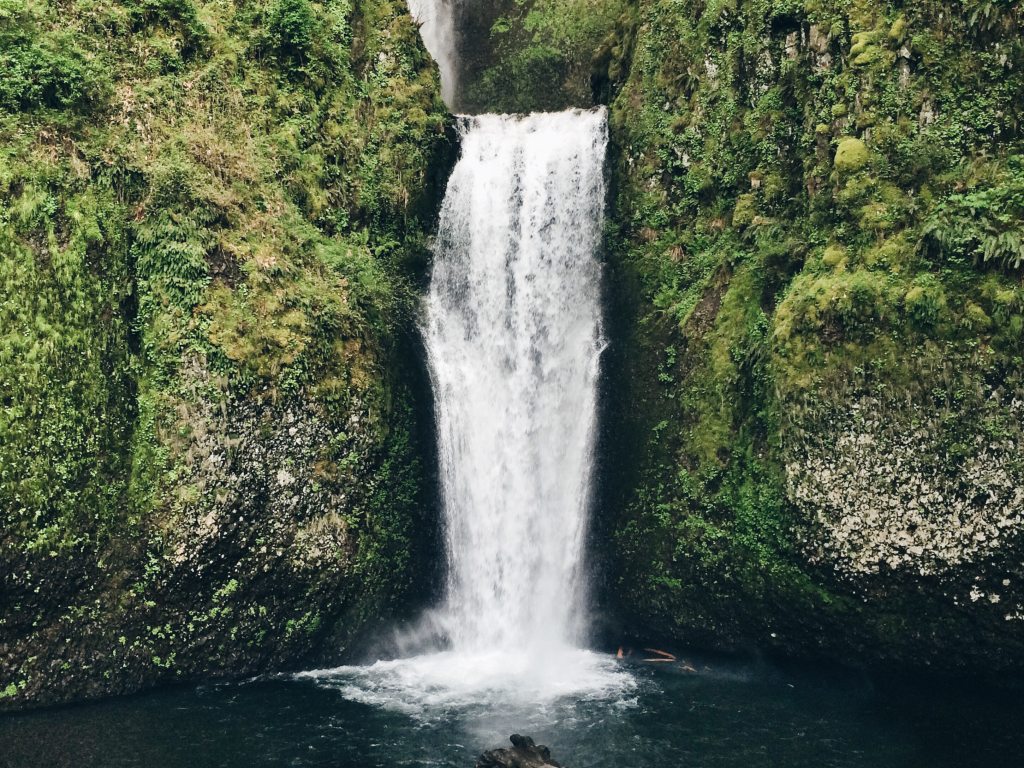Climbing mountains above 8,000 ft / 2500 m can be a memorable adventure, but while climbing these high mountains, it can also turn into difficulties. If you want to climb high mountains you have to prepare yourself to enter altitude with thin air. Altitude sickness or sometimes called mountain sickness is a group of different symptoms that can strike if you walk or climb to a higher elevation too fast. Altitude sickness is hard to prepare for, but after reading this article you will hopefully gain knowledge about what mountain sickness is and how to prevent the illness.

What Is Altitude Sickness
Altitude sickness is a disorder caused by being at high altitude without acclimatizing for the human body to adapt to the thin air. The condition may occur at altitudes higher then 8,000ft or 2,5000m. At these altitudes and higher up the oxygen levels are low and the number of oxygen molecules per breath decreases. The oxygen molecules decreases due to the fall in atmospheric pressure at higher altitude. Due to the pressure fall there is less oxygen available for every breath. The pressure around our world is different throughout the world, and around equator the troposphere is wider than at the poles. This means that the further north or south you travel from the equator, the lower the air pressure will be at a given hight. Therefore a climb to Mount Kilimanjaro would be “easier” than climbing Vinson Massif in Antarctica. At about 18,000 ft / 5,500 m almost as tall as Uhuru Peak at Kilimanjaro, each breath contains approximately half of the oxygen found at sea level.
Why It Happens
Of the three main necessities of life, air is the most critical. Our human body needs oxygen to survive, and lack of oxygen can result in reduction of the body’s ability to work. If you travel to a location at higher altitude then you are used to, your body will need time to adjust the change in pressure. The main reason of altitude illness is ascending to higher altitude too rapidly. While climbing to greater altitude the saturation of oxyhemoglobin begins to decrease rapidly. Oxyhemoglobin task in the human body is to transport oxygen and with less oxygen in the blood, the heart and lungs have to work harder. This raises the pulse and the rate of breathing. More red blood cells are made to enable the body to carry more oxygen. Our amazing body can adapt to altitude that allow it to partially compensate for the lack of oxygen. This process is know as acclimatization. This process generally takes 1-3 days of rest at that altitude and have to be repeted when climbing higher and higher.
There are several different types of mountain sickness. The mildest is called Acute Mountain Sickness – AMS. This type of altitude sickness is common, and the symptoms can feel like almost feel like a hangover. You can feel headache and nausea. HAPE or High Altitude Pulmonary Edema is another type of the illness. This can be very dangerous due to a buildup of fluid in the lungs. The last type of mountain sickness is called High Altitude Cerebral Edema – HACE. This is the most severe form om the illness and happens when there’s fluid in the brain.

Preventing Altitude Sickness
The best way to prevent altitude illness is to travel to altitudes above 3,000m slowly. It usually takes a few days for the body to get used to a change in altitude. Here is a short list that can help preventing mountain sickness;
Acclimatization: The best way to prevent altitude illness is to ascend slowly. While ascending gradually you let the body become acclimatized to the changing altitude. Make sure that your climb includes enough time for acclimatization, and it’s worth to pay a small charge to be on the mountain for either a day or two extra.

Food & Fluids: It’s very important to consume a lot of water while climbing. Drink as much as 4 to 6 liters a day. Remember to drink often due to that the body has a limit of how much water that could be obtained. Eat high-calorie diet while climbing to greater altitude. It’s common to feel lack of appetite but it’s essential in the acclimatization process. Bring some chocolate bars or other high-calorie food you know you like.
Sleeping: Sleeping can be difficult due to heart rate but you should work high and sleep low. In other words you shouldn’t sleep at more than 600m higher than your resting place the previous night.
After reading this, I hope you have some more knowledge about altitude sickness. It’s difficult to know how your body will react when entering different altitudes, if you never been to greater altitude before. I’m also scared before I begin an adventure to ascent a mountain far away from home. Remember the small tips to prevent it, and remember that is only a bonus to reach the summit! Walk slowly, there is no race to the camps across the mountain! Be safe and listen to your body. As we say in Norway, don’t be ashamed to turn around!

Thanks for this. It has been a very useful read. We are heading to Everest Base Camp in March 2020 and I feel I need all the information I can get! Have a good day. Mel
LikeLike
Thank you, and great that you find it useful! Have a read on Mera Peak, which begins in Lukla, same as EBC. Feel free to ask if you are wondering about anything regarding altitude or hiking!
LikeLiked by 1 person
Reblogged this on It's not the mountain we conquer, but OURSELVES.
LikeLiked by 1 person
HAPE got me on Cho La Pass. Poor short 5 ft 4 in guides piggy backed 5ft 9 in me down. They are amazing and forever in my heart
LikeLike